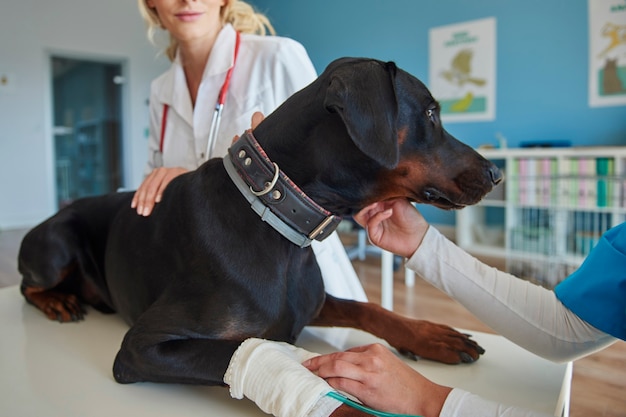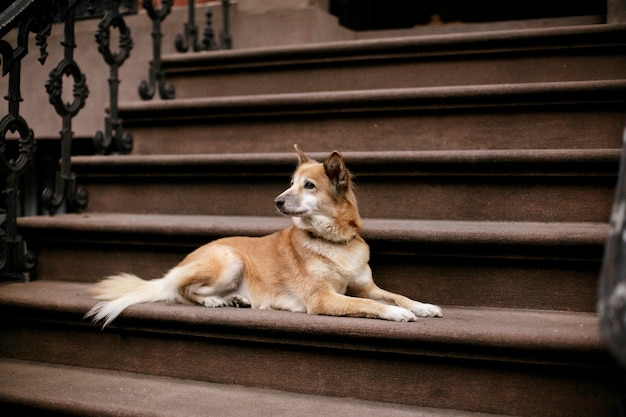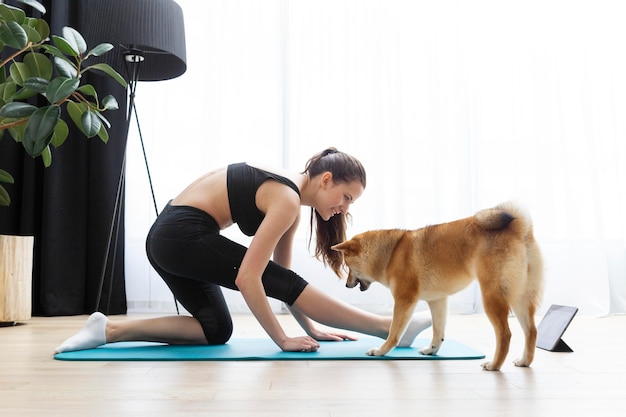5 Effective Dog Muscle Recovery Techniques After Surgery


Introduction to Dog Muscle Recovery After Surgery
Dog muscles need time to heal after surgery. Think of it like when you pull a muscle and need to take it easy. For dogs, getting back to 100% takes special care. They can’t just jump off the operating table and sprint around. Recovery is a slow process, but it’s crucial for their health and well-being. This section will dive into why muscle recovery is essential for dogs post-surgery, and what to expect during this period. We’ll also touch on methods that can support their recovery. Whether it’s through gentle exercise, proper nutrition, or enough rest, each step plays a vital role in helping your furry friend bounce back stronger. Remember, patience and attention during this time can make a world of difference for your dog’s recovery journey.
Importance of Post-Surgery Recovery for Dogs
After surgery, your dog needs time to heal, just like humans do. Ignoring post-surgery recovery can lead to longer healing times, infections, or even injuries to the surgical site. Think of recovery as a key step in getting back to their playful, happy selves. It helps the body mend at the right pace and ensures muscles regain their strength properly. In short, it’s all about giving your furry friend the best chance to bounce back without any hitches. Proper care during this time means less stress for both you and your dog, and who doesn’t want that?
Technique 1: Controlled Exercise
Right after surgery, your dog needs to take it easy, but that doesn’t mean lying around all day. Controlled exercise is key. Start with short, gentle walks. We’re talking 5 to 10 minutes, two or three times a day. It’s not a race. Slow and steady helps your dog recover without overdoing it. This kind of exercise keeps the muscles moving just enough. It prevents stiffness and helps with blood flow, making sure those muscles don’t forget their job. Always follow your vet’s advice on how much and what type of exercise is safe for your dog after surgery. They know your dog’s situation best.
Technique 2: Physical Therapy Options
Physical therapy offers a path to quicker recovery after your dog’s surgery. Simple exercises can boost muscle strength without straining the healing areas. Methods like gentle stretching and swimming provide low-impact options that help. Swimming, for instance, lets your dog move freely with virtually no stress on the joints or the surgical site. Professionals might also use specific equipment designed for dogs, focusing on balance and coordination. Consistency is key. Regular sessions, guided by a vet or a canine physical therapist, will speed up recovery. Remember, the goal is to get your furry friend back on their feet safely.
Technique 3: Proper Nutrition for Muscle Healing
After surgery, feeding your dog right is crucial for fast muscle recovery. Think of food as the building blocks needed to rebuild your dog’s strength. Focus on high-quality proteins, which are the main heroes in repairing tissues and building muscle. Dogs need more protein during recovery than their usual diet. Include foods rich in omega-3 fatty acids, like fish oil, to help reduce inflammation. Don’t forget vitamins and minerals—they’re vital too. Calcium for bone strength and vitamins E and C for healing and immune support are particularly important. Always consult your vet to tailor the nutrition plan specifically for your dog’s recovery needs. Proper nutrition accelerates healing, getting your dog back on their paws sooner.
Technique 4: Hydrotherapy for Dogs
Hydrotherapy is basically a fancy term for doing exercises in water. It’s gold for dogs recovering from surgery because water supports their weight, reducing stress on their muscles and joints. Picture your dog gently walking on a treadmill that’s under water. This is exactly what happens in some hydrotherapy sessions. It improves muscle strength without the strain. Also, water resistance makes those muscles work harder in a good way. Most dogs seem to enjoy the process, too, acting more like they’re at a fun day at the spa rather than a rehab session. The cost varies, but think of it as investing in your furry friend’s speedy recovery.
Technique 5: Massage Therapy for Muscle Recovery
Massage therapy is a game-changer for dogs after surgery. It helps loosen up tightened muscles, boosts blood flow, and eases pain. Think of it like kneading dough, but in this case, it’s gently working your dog’s muscles. Start with soft strokes, then gradually apply more pressure as your dog gets comfortable. Focus on areas that seem tense but avoid the surgery site. Regular massage sessions can significantly speed up your dog’s recovery and make them feel a ton better. Plus, it’s a great way to bond. Just remember, keep it gentle and watch how your dog responds. If they seem uncomfortable, ease up a bit.
Monitoring Your Dog’s Recovery Process
After your dog’s surgery, keeping an eye on their recovery is key. You’ll want to watch how they’re doing day by day. The vet will give you a bunch of things to look out for—stuff like not eating, looking really tired, or the surgery spot getting red or puffy. These signs can mean your dog isn’t healing right and might need to go back to the vet. Also, make sure your dog isn’t running around or jumping too much. They need to take it easy, even if they start feeling better. Write down anything odd you notice and when it happens. Sharing this info helps your vet understand what’s going on and decide what to do next. Keeping up with vet appointments after surgery is super important too. These check-ups let the vet catch any issues early on, making sure your dog gets back to their happy, active self as soon as possible.
When to Consult Your Vet During Recovery
After surgery, your dog’s recovery is crucial. It’s essential to know when reaching out to your vet is necessary. If you notice anything unusual or worrying, it’s better safe than sorry. Signs to watch for include swelling around the surgery site, excessive lethargy, refusal to eat, signs of infection like discharge or bad odor, and obvious pain or discomfort. Your dog might also show behavior changes or seem unable to move easily. These symptoms can indicate that something isn’t right. Always err on the side of caution and consult your vet if you’re unsure about anything during the recovery process. They’re your best resource to ensure your furry friend heals properly and returns to their happy, energetic self.
Summary and Final Thoughts on Dog Muscle Recovery Techniques
Taking care of your dog after surgery is crucial for a swift and effective recovery. The techniques we’ve discussed, such as providing a calm environment, appropriate exercise, physical therapy, proper nutrition, and regular check-ups, are all designed to help your dog bounce back stronger. Remember, the goal is to ease your dog into recovery, not rush it. Every dog is different, and what works for one may not work for another. Start slow, pay attention to your dog’s response, and adjust as needed. Regular vet visits are key to making sure your dog is on the right track. In summary, patience, care, and observation are your best tools. By incorporating these techniques into your dog’s post-surgery care routine, you’re setting them up for a successful recovery. Keep it simple, stay consistent, and your furry friend will be back to their old self in no time.




